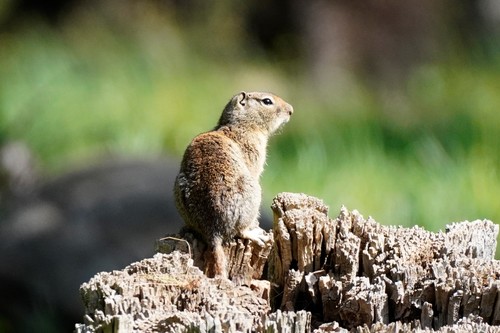List of new plant additions to the basin Master Flora
I thought I should just make a running list of the new plants added to the basin master list from your iNaturalist observations. Keep up the good work! It's amazing that you are still finding so many new species of plants and animals, given that scientists and students have been searching all over the basin for over 70 years. There's just no substitute for more eyeballs!
If you are interested in live observations of one of the plants on our list, search the Sagehen iNat records for the species of interest. It should be said that a few of these plants may have been collected for the Sagehen Herbarium in the past. However, there have been many taxonomic splits in the intervening decades, and we are in an ongoing process of "discovering" these old specimens all over again! If you would like to help with our herbarium IDs of these and other species, please see our records at CCH2.org (deselect all, then select "SCFS" and search on "California" to show all our basin records from both Nevada and Sierra County (we straddle the line).
There are also many plants that were collected at Sagehen in the past that apparently no longer exist here. This is at least in part due to forest succession after the 1960 Donner Ridge Fire that wiped out 1/3 of the basin forest. With the Sagehen Forest Project thinning and prescribed fire treatments, some of these plants (and animals) have been spotted again in recent years!
Notes:
- * indicates a plant that I’m certain is represented in the Sagehen herbarium. Un-starred plants may or may not be. Check our digital records in CCH2.org to confirm.
- I add the plants to this list under the year they were identified, which is sometimes long after they were observed. In that case, I make a note of the year these observations were originally added to iNat. 2023 was a great year largely thanks to a moss workshop at the station, and Shane Hanofee's work on a new flora for Nevada County--thanks @sapienshane! And there are a few observers who are just disproportionately productive: @phantom-sweattb and @chrisophylla stand out--thanks for your sharp eyes!
- Also, if you need a programming project, it would be great to have a tool for comparing the Sagehen plant lists on iNaturalist, Calflora, Symbiota. As it stands, I have to just make a manual note when I see something that I recognize as new pop up, and we are probably missing a lot.
2024
Crepis pleurocarpa (observed in 2022)
Ericameria greenei (observed in 2021)
*Phacelia ramosissima (observed in 2014)
2023
Lomatium fusiformis (observed in 2019)
Navarretia leucocephala
Nothocalais troximoides (observed in 2019)
Philonotis caespitosa
Plagiomnium medium
Potentilla breweri (observed in 2016)
Ptychostomum weigelii
Rhizomnium gracile
Riccia sorocarpa
Trifolium monanthum ssp. parvum (observed in 2018)
Trifolium monanthum ssp. monanthum* (observed in 2019)
Trifolium monanthum ssp. tenerum (observed in 2021)
2022
Lepidium campestre (observed in 2016)
2021
Trifolium beckwithii
2020
Mentzelia laevicaulis
Potentilla millefolia
2019
Allophyllum capilaris
Allophyllum gilioides
Epilobium campestre
*Potentilla biennis
Veronica peregrina
2018
*Agastache urticifolia
*Equisetum hyemale
Narcissus poeticus
*Phoradendron juniperinum
*Pyrola dentata
*Sanguisorba occidentalis
2017
*Arceuthobium abietinum
*Clarkia rhomboidea
*Navarretia breweri
Utricularia minor
2016
Allium obtusum
Hieracium triste
Lithospermum ruderale
Maianthemum racemosum
Senecio hydrophyllus
2015
Actaea rubra
Asclepius speciosa
Ceanothus cordulatus (part of the Harrison plant assemblage)
Sonchus oleraceus
2013
Crepis occidentalis
Grindelia camporum
Hypericum anagalloides
*Populus trichocarpa
*Securigera varia
Spiranthes x stellata
2012
Antennaria geyeri
Cordylanthus tenuis
*Elodea canadensis
Epilobium howellii
Ptychostomum pseudotriquetrum
Ranunculus aquatilis
Sarmentypnum exannulatum











